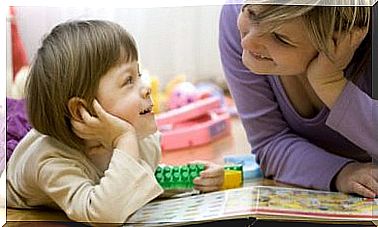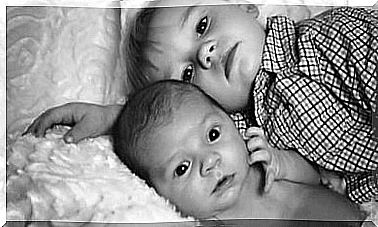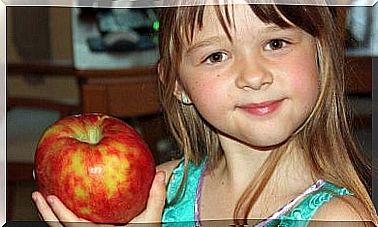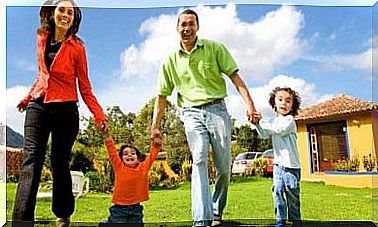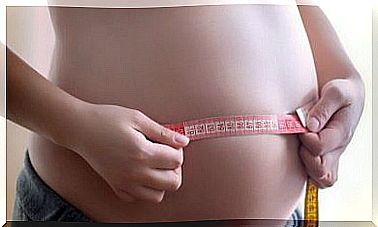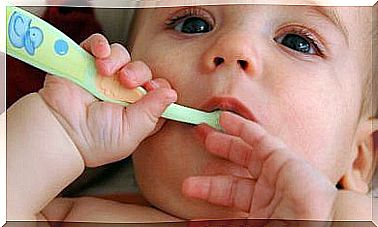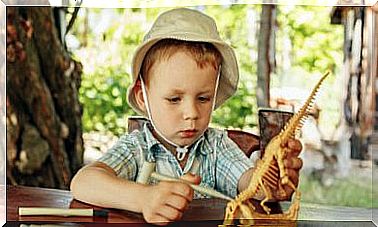What To Do If My Child Gets Burned In The Kitchen
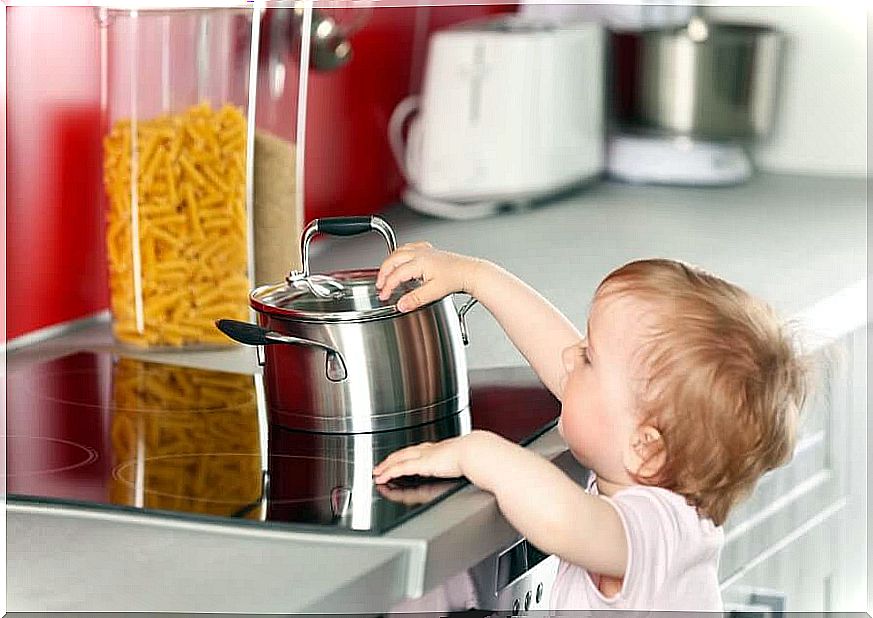
What to do if my child gets burned in the kitchen? Should I practice first aid or call 911 right away? Many of parents’ concerns are absolutely understandable. Generally, they reflect the general lack of knowledge about how to offer first aid to little ones in case of delicate accidents such as burns.
Being able to identify the severity of burns, knowing what to do next, and applying the care that the child needs can ensure an optimal recovery for the young patient.
What to do if my child gets burned in the kitchen
Children are especially prone to accidents and burns in the kitchen for two reasons. The first is the need to imitate all the actions of adults. That’s why many want to take initiatives like cooking. The second is that the smells and lights from the stove arouse your curiosity and attention.
Therefore, it is necessary to try to predict the actions of the little ones to prevent any accident. Children must be prevented from entering the kitchen without adult supervision. Likewise, dangerous objects such as knives or stove fire should be out of reach.
However, care is not enough. What to do if we can’t avoid an accident and the child gets burned in the kitchen? What are the steps to take to resolve this situation?
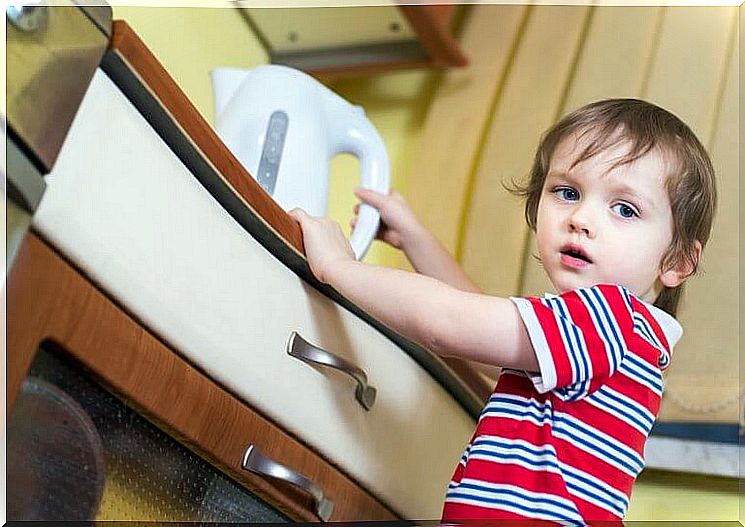
Identify the severity of the burn
In order to be able to take the most appropriate action in relation to an accident by getting burned in the kitchen, you must be able to identify the seriousness of the situation. See the list we present below:
- Remove the child from the kitchen as soon as the accident occurs.
- Put fresh water (at a temperature of about 20ºC) on the skin that suffered the burn. This action prevents heat from penetrating the deeper layers of the skin, preventing the wound from getting worse and reaching a third-degree burn.
- If you notice that the burn is third degree, you must take the child to the emergency department immediately. If, in turn, the burn is first-degree and only affected a very small area, you can help the child at home yourself.
Types of burns and their characteristics
There are three types of burns:
1. First degree burns
Also called superficial burns, they affect only the top layer of the skin. Thus, the symptoms of first degree burns are: redness of the skin, moderate inflammation, burning and pain in the region.
2. Second degree burns
This type of burn passes through the outer layer and into the lower layer of skin. These burns cover areas between 5 to 7 centimeters on the surface of the epidermis.
Therefore, its severity is also related to the affected area and not just the intensity. Symptoms are: redness, burning, pain and inflammation with the presence of blisters.
3. Third degree burns
Third-degree burns penetrate and damage all layers of the skin, causing the skin to turn black or white depending on the case. In addition, they also cause severe pain, which is accompanied by numbness in movement in the affected area.
It is important to emphasize that the child may have more than one type of burn degree on their skin at the same time. Therefore, if you find that the burn covers a large area of skin or appears to be third-degree, it’s best to go to the emergency room or see a specialist.
In this way, and with the help of a professional, it will be possible to ensure that the child’s skin recovers completely and, as far as possible, scars are avoided.
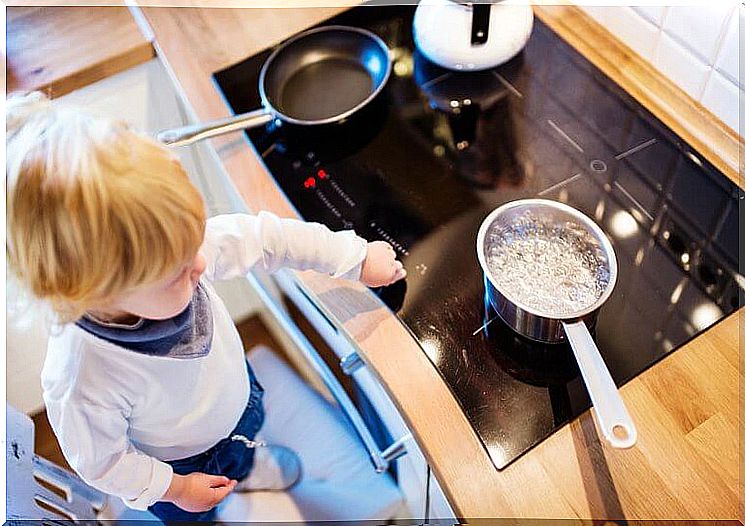
Home First Degree Burn Treatments
If you have identified that your child’s burn is first degree and also covers a small area of your skin, the recommendations for your treatment are:
- Cool the affected area with water at a temperature of about 20 or 22 degrees for at least 10 minutes.
- Give an ibuprofen tablet to relieve pain.
- When the area is clean, apply a hypoallergenic healing cream, aloe vera or aloe vera, at least twice a day.
As a final recommendation, remember not to rub ice into the wound area or apply oils or greasy creams. These procedures can only make the irritation worse and prevent proper healing.

